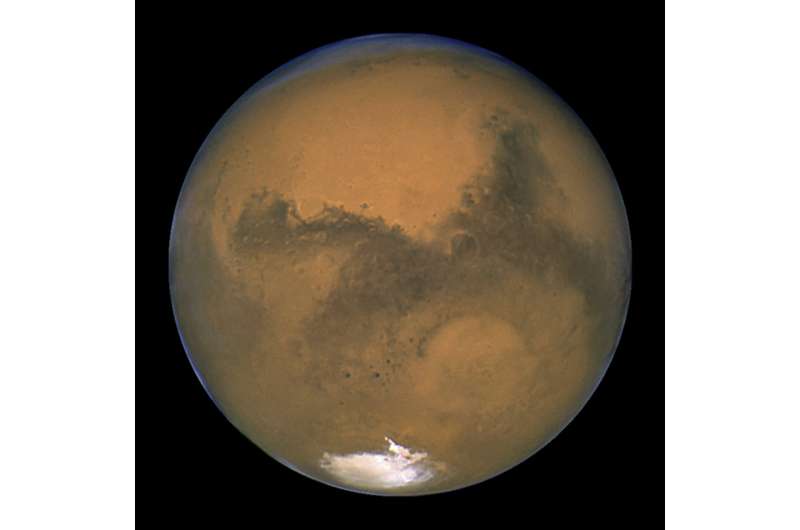
Copernical Team
BlackSky releases rare satellite image of alleged airship in China
 BlackSky Technology Inc. (NYSE: BKSY) released the first and only known public satellite image, according to a third-party intelligence analyst, of an alleged aerostat at the Korla East Test Site, China. The rare image was captured Friday, November 4, 2022, at 9 a.m. local time and is one of only two images, from among more than 1,000 images collected over the duration of one year, that shows a
BlackSky Technology Inc. (NYSE: BKSY) released the first and only known public satellite image, according to a third-party intelligence analyst, of an alleged aerostat at the Korla East Test Site, China. The rare image was captured Friday, November 4, 2022, at 9 a.m. local time and is one of only two images, from among more than 1,000 images collected over the duration of one year, that shows a Webb reveals early-Universe prequel to huge galaxy cluster
 Image:
Image:
The seven galaxies highlighted in this image from the NASA/ESA/CSA Telescope have been confirmed to be at a distance that astronomers refer to as redshift 7.9, which correlates to 650 million years after the big bang. This makes them the earliest galaxies yet to be spectroscopically confirmed as part of a developing cluster.
The seven galaxies confirmed by Webb were first established as candidates for observation using data from the NASA/ESA Hubble Space Telescope’s Frontier Fields program. The program dedicated Hubble time to observations using gravitational lensing, to observe very distant galaxies in detail. However, because Hubble cannot detect light
Webb finds water vapor, but from a rocky planet or its star?
 Image:
Image:
Astronomers used the NASA/ESA/CSA James Webb Space Telescope to study a rocky exoplanet known as GJ 486 b. It is too close to its star to be within the habitable zone, with a surface temperature of about 430 degrees Celsius. And yet, their observations using Webb’s Near-Infrared Spectrograph (NIRSpec) show hints of water vapor. If the water vapor is associated with the planet, that would indicate that it has an atmosphere despite its scorching temperature and close proximity to its star. Water vapor has been seen on gaseous exoplanets before, but to date no atmosphere has been
JWST's MIRI instrument is having problems again
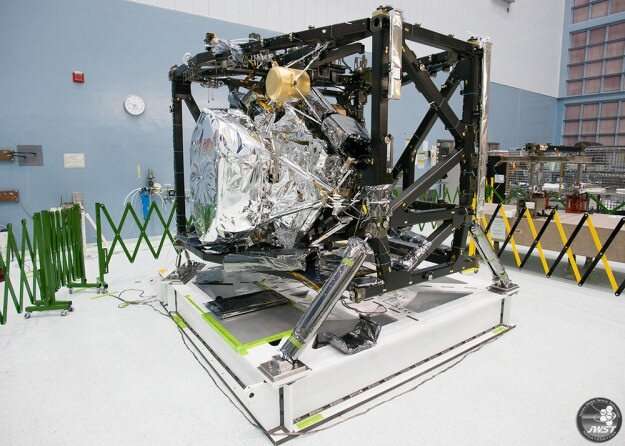
Last week, NASA shared a blog post saying they detected a sensor glitch associated with the James Webb Space Telescope's Mid-Infrared Instrument (MIRI). For some reason, the sensor for MIRI's Medium Resolution Spectroscopy (MRS) is receiving less light than expected at the longest wavelengths.
NASA is investigating the cause, and said that the instrument is not at risk and no effect has been seen for images taken by MIRI. According to agency officials, all other modes of JWST and MIRI remain unaffected, and they are searching for the underlying issue.
The glitch was found this month during regular calibration and monitoring of the telescope's performance.
SpaceX Starship effectively grounded by FAA after in-flight explosion
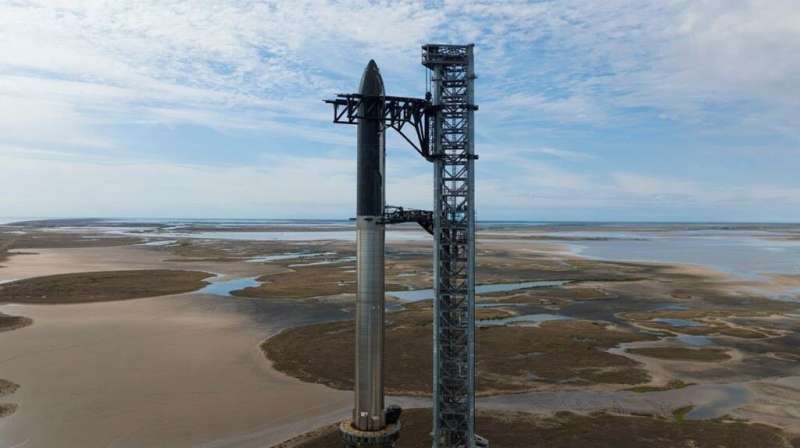
It was an exciting time when, two weeks ago, SpaceX got the clearance it needed to conduct its first orbital flight test with the Starship and Super Heavy launch system. After years of waiting, SN flight tests, static fire tests, and stacking and unstacking, the long-awaited test of the SN24 Starship and BN7 Booster prototype was on. For this flight, SpaceX hoped to achieve an altitude of at least 150 km (90 mi) above sea level, crossing the 100 km (62 mi) threshold that officially marks the boundary of "space" (aka. the Karman Line) and making a partial transit around the world before splashing down off the coast of Hawaii.
Unfortunately, things began to go awry a few minutes into the flight as the Starship prototype failed to separate from the booster, sending the rocket into a spin that ended in an explosion.
Massive radio array to search for extraterrestrial signals from other civilizations
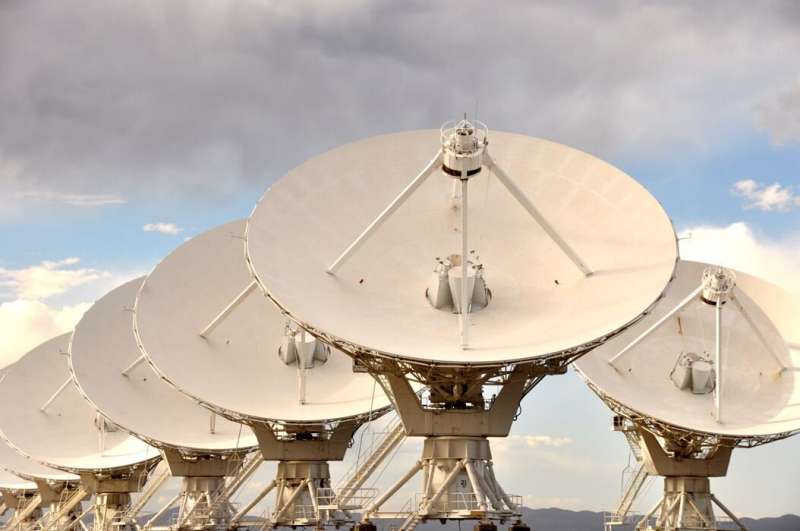
One of the world's most powerful radio telescope arrays is joining the hunt for signals from other galactic civilizations. The National Science Foundation's Karl G. Jansky Very Large Array (VLA), situated about 50 miles west of Socorro, New Mexico, is collecting data that scientists will analyze for the type of emissions that only artificial transmitters make, signals that would betray the existence of a technically accomplished society.
"The VLA is the go-to instrument for radio astronomers, but this is the first time we are using it in a wide-ranging and continuous search for technosignatures," said Andrew Siemion, Bernard M. Oliver Chair for SETI at the SETI Institute.
The VLA is one of the most productive radio telescopes in the world and consists of 27 antennas spread over 23 miles of desert real estate. Since 2017, it has been engaged in a project known as VLASS (Very Large Array Sky Survey), a radio reconnaissance of 80% of the sky.
Environmental groups sue FAA over SpaceX Texas rocket launch
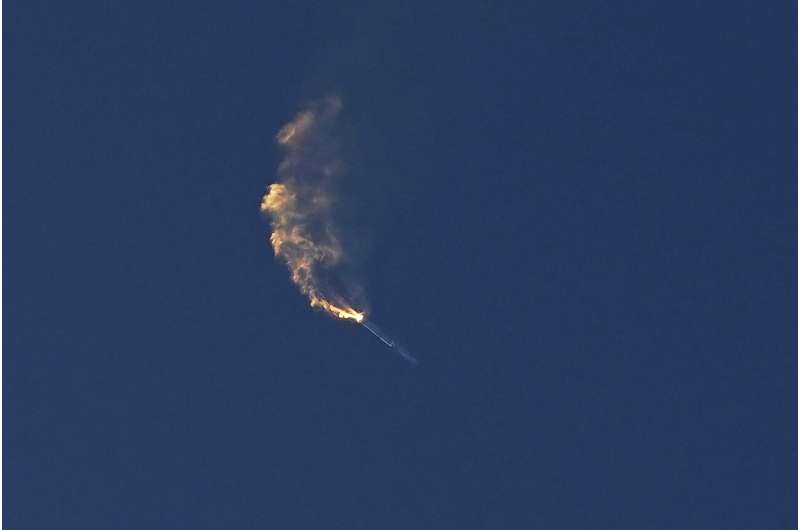
Wildlife and environmental groups sued the Federal Aviation Administration on Monday over SpaceX's launch last month of its giant rocket from Texas.
Ensuring robotic arm safety during abrasions
 This past week, the Perseverance rover has driven to a rock outcrop called Echo Creek, situating itself just west of the Belva crater rim peppered with large flagstone rocks suitable for its next task: abrasion.
Although successfully executed countless times over the past two years, abrading and sampling are still non-deterministic activities. Rocks may fracture or reorient during preload
This past week, the Perseverance rover has driven to a rock outcrop called Echo Creek, situating itself just west of the Belva crater rim peppered with large flagstone rocks suitable for its next task: abrasion.
Although successfully executed countless times over the past two years, abrading and sampling are still non-deterministic activities. Rocks may fracture or reorient during preload SpaceX launches first expendable Falcon Heavy rocket
 After severe weather and technical delays, the ViaSat-3 Americas satellite and two smaller communications satellites, Arcturus and GS-1, launched aboard a SpaceX Falcon Heavy rocket from Launch Complex 39-A (LC-39A), Kennedy Space Center, Florida, at 8:26 p.m. EDT (00:26 UTC) on Thursday, April 30, 2023.
The satellites will be placed in a circular orbit near a geostationary altitude of mor
After severe weather and technical delays, the ViaSat-3 Americas satellite and two smaller communications satellites, Arcturus and GS-1, launched aboard a SpaceX Falcon Heavy rocket from Launch Complex 39-A (LC-39A), Kennedy Space Center, Florida, at 8:26 p.m. EDT (00:26 UTC) on Thursday, April 30, 2023.
The satellites will be placed in a circular orbit near a geostationary altitude of mor China's Mars rover finds signs of recent water in sand dunes
